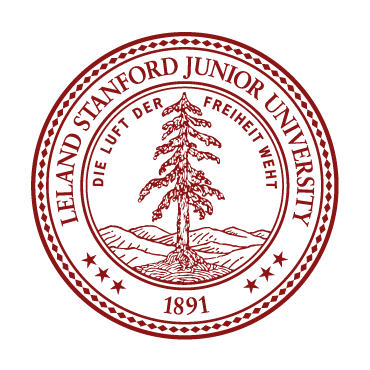
Learn content from Stanford's flagship course CS106A, online for free, with the support from thousands of teachers.
Who? Learners, with no programming experience, and time to dedicate to learning.
Where? Anywhere with internet.
What? Learn the first half of Stanford's intro to Python course, CS106A.
When? Class starts 21st April 2025. Student applications due 9th April 2025.
Certification? Yes. Build a sharable portfolio of your code, hosted by Stanford.
How much work? At least 7 hours each week for 6 weeks. Set your own schedule.
CS106A is one of the most popular courses at Stanford University, taken by almost 1,600 students every year. It has been developed over the last 30 years by an amazing team, including Nick Parlante, Eric Roberts and more. The course teaches the fundamentals of computer programming using the widely-used Python programming language. This course is for everyone from humanists, social scientists, to hardcore engineers.
What makes Code in Place special? We recruit and train one volunteer teacher for every 10 students in order to create a vibrant community of teaching and learning. We believe that the magnitude of people who want to teach computer science is large and may be roughly proportional to the magnitude of people who want to learn. Why? Teaching is joyful and teaching is the best way to learn both content and team leading skills. We do hope this course inspires more human-centered learning for all. Here are the main course components:
Exciting Assignments
Stanford Lecture Videos
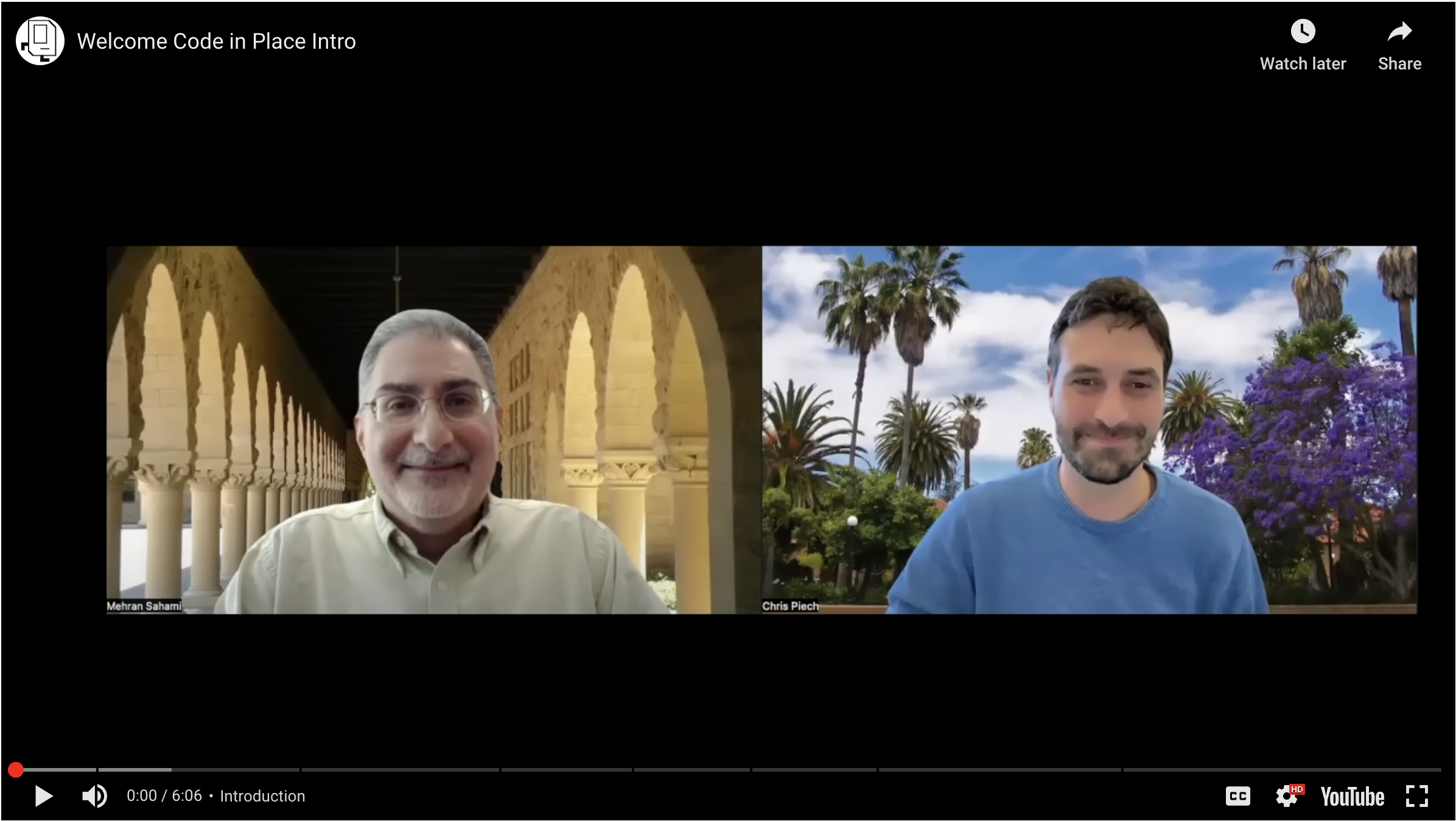
A Big Community
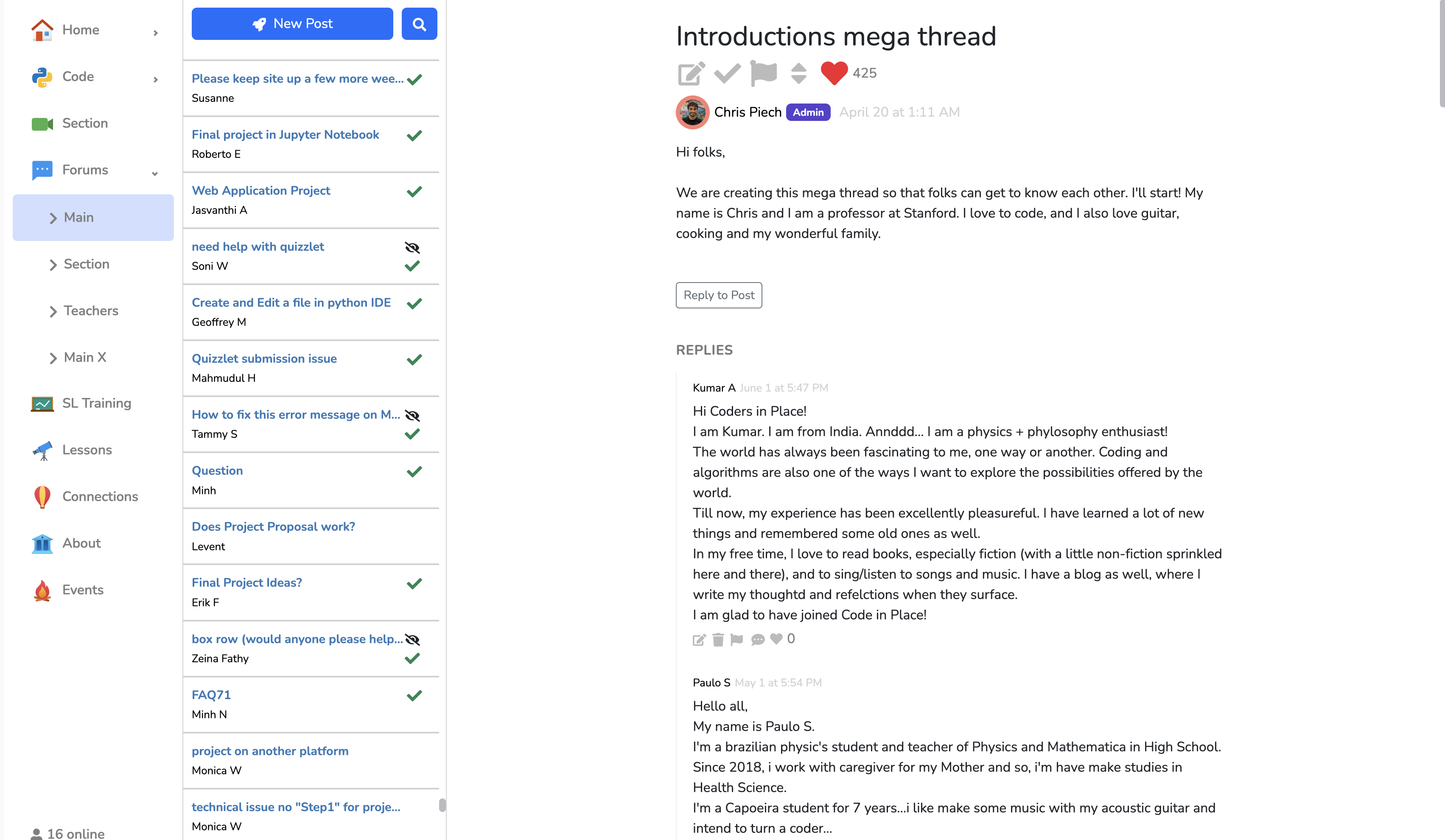 Join with folks who are trying to learn to program, at the same time as you. Ask questions to our section leaders. Help each other grow.
Join with folks who are trying to learn to program, at the same time as you. Ask questions to our section leaders. Help each other grow.Section Every Week
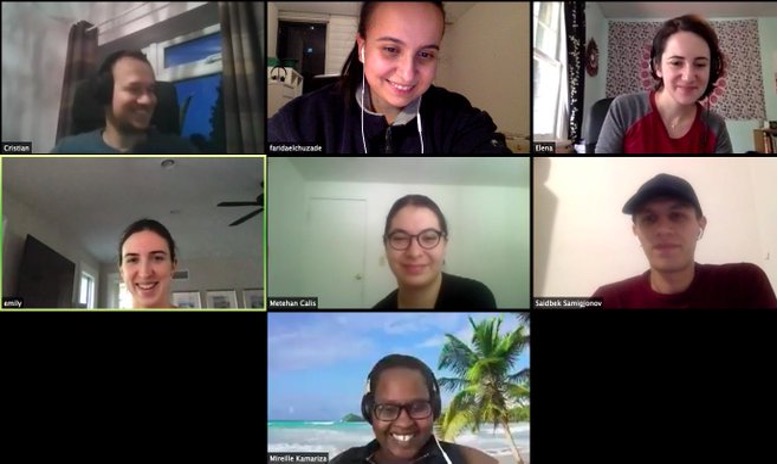 Meet weekly with 10 students for a more personalized learning experience. Sections are lead by our team of section leaders from around the world.
Meet weekly with 10 students for a more personalized learning experience. Sections are lead by our team of section leaders from around the world.Syllabus
In Code in Place you will learn the fundamentals of Python programming including: control flow, loops and conditionals, console programs with variables, graphics, lists and dictionaries.
Week # | Topic | You Build | Unit |
|---|---|---|---|
| Week 1 | Control Flow with Karel | Welcome Karel | Karel |
| Week 2 | The Art of Coding | Puzzle Karel | Karel |
| Week 3 | Console Programs | Sandcastles | Console |
| Week 4 | Understanding Variables | Khansole Academy | Console |
| Week 5 | Graphics | Random Art | Graphics |
| Week 6 | Lists + Dictionaries | World's Hardest Game | Graphics |
| Beyond Code in Place | Continue Learning | Final Project | Creativity |
Past Offerings
We have hosted Code in Place four times, in 2020, 2021, 2023, and 2024. It was an inspiring experience. Tens of thousands students have been introduced to the wonderful world of programming in Python. Many new teachers had their first experience in front of students. Friendships were made across countries.
It was perhaps the single course with the largest number of teachers ever. Across four offerings we had over:
4,000 section leaders teach
40,000 students
1:10 student to section leader ratio
Learn CS106A Material
Students and section leaders came from around the world, and represented a broad distribution of backgrounds. Everyone is welcome is one of our mottos.
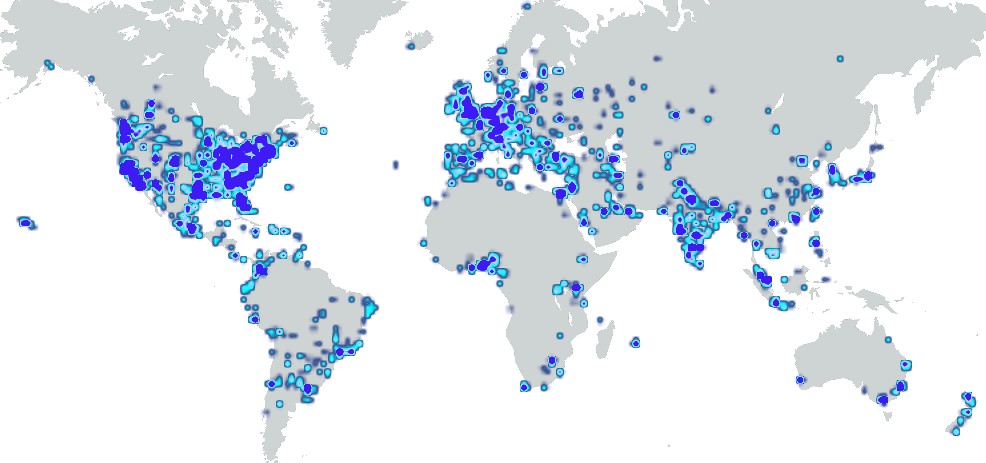
Map of students from Code in Place 2020, the first of two offerings. The course had 10,000 students in the first offering and 12,000 in the second.
Would you recommend the course to a friend? In the first two offerings of Code in Place, 99.5% of students said they would. Students were asked: "On a scale from 0-10, how likely are you to recommend Code in Place to a friend who wants to program", the average recommender strength was 9.7.
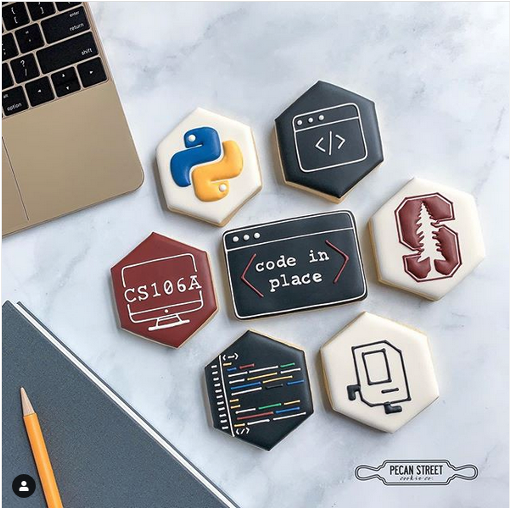
Cookies baked by one of the Code in Place students. The special ingredient of Code in Place was our community of students and teachers.
Who Can Teach?
Code in Place Section Leaders come from a wide range of backgrounds. We have had:
- Retired teachers
- Programmers in industry
- University students studying computer science
- and even past Code in Place students who have continued their learning
Frequently Asked Questions
In the News
| Forbes.com | Stanford To Again Offer Its Groundbreaking Online Code In Place Course | March 20, 2024 |
| Stanford News | Famous Coding Course Free Online | March 22, 2021 |
| Stanford Daily | Code in Place makes CS accessible to thousands worldwide | June 8, 2020 |
| Wired TechSupport | Chris Answers Coding Questions From Twitter | Oct 4, 2022 |
| Scientific American | 10,000 Students from 120 Countries Embrace the Joy of Coding | March 14, 2021 |
| Scientific American | Help Profs Teach Stanford's Popular Intro to Coding Course | March 31, 2020 |
| New York Times | Can A.I. Grade Your Next Test? | July 20, 2021 |
| School's In Podcast | Making a large class feel small | Sept 14, 2021 |
| SIGCSE | Online Section Leading for Scalable Human-Centered Learning | Feb 13, 2021 |